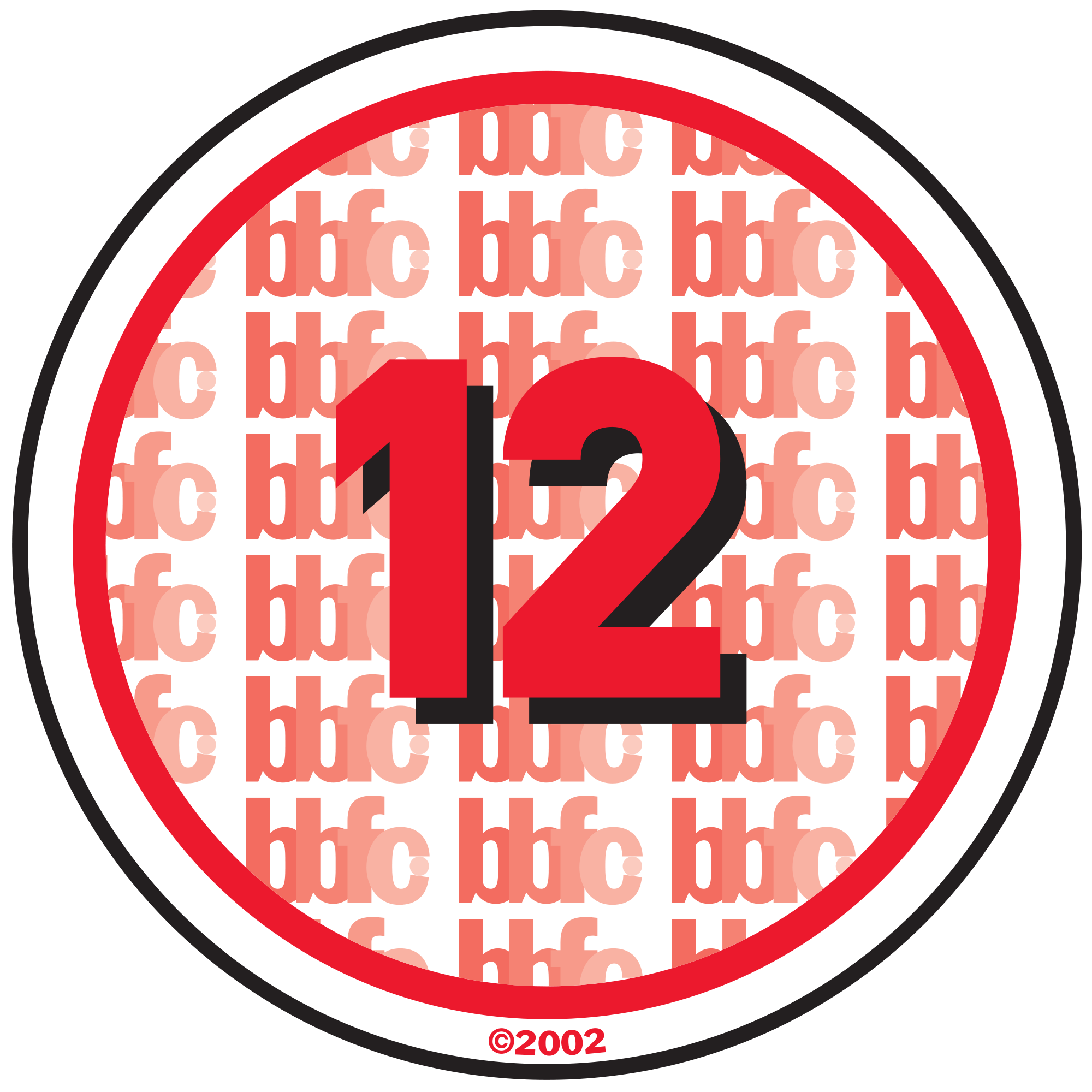Wednesday, 27 November 2013
Friday, 22 November 2013
The Teaser Pitch
The teaser pitch is a short pitch. Traditionally, you get three sentences to hook listeners into the premise, the genre, and the scope of your film. When crafting this pitch, pay particular attention to what you think they might be listening for. Producers probably want to know the following details:
- How the film might be cast
- How much it will cost to make
- How they'll market it
- What films it resembles
Here are some examples:
- Europe, 1912. Jack Dawson and Rose DeWitt Bukater enjoy a secret and passionate romance after they meet on a ship chartered toward New York. That ships happens to be the Titanic.
- Jessica Stein has met and refused virtually every man in New York City. Maybe it's time she looked for a woman. (Kissing Jessica Stein)
- Northern England, 1984. Young Billy Elliot, the son of a poor local miner, decides to start training for a career. In ballet. (Billy Elliot)
These examples suggest the skeleton of a short pitch. You might use them at the onset of a meeting to rope listeners into a more detailed explanation, or perhaps insert more details in between these sentences. In any case, practice your pitch at home with a stopwatch. Never exceed two minutes — try to do it in one, if you can. If you maintain the three to five page limitation, timing shouldn't be a problem; you'll finish in well under two minutes. If executives want to know more, they'll ask. Be animated, enthusiastic, and concise. Movie trailers are good examples of this kind of pitch; so are the blurbs on the back of video and DVD boxes.
Friday, 15 November 2013
Thursday, 14 November 2013
Film Classification
Welcome to our interactive Rate A Trailer resource - here you can view a trailer and compare your own thoughts and analysis to those of the BBFC film Examiners.
Here are some tips before you get started...
Issues in trailers and advertisements may be rated higher than equivalent material in a main feature because they are unbidden and contextual arguments are harder to make.
Audiences actively choose to see a full length feature based on expectations of the particular genre at the given classification and on the BBFC insight. In contrast, they have no choice about the accompanying trailers or advertisements that they see and which may be very different in tone and content to the film the audience has chosen to view. In addition, because trailers and advertisements are short and self-contained, borderline material is less likely to be justified by context and more likely to cause offence.
- All the trailers here were passed at U, PG or 12A - though many are for films which received a higher category in the end
- Each trailer has a brief introduction which tells you how much examiner's knew about a film before they saw the trailer - remember, some films are already famous before they've been released (especially sequels and franchises)
- Remember to look out for key classification issues like sex, violence and language
- Don't forget to take into account the tone of the trailer and how it makes you feel
- Keep in mind that trailers come to an audience unbidden.
Why is it important that you know which classification your film will come under?
Friday, 8 November 2013
Opening Title Sequences
Watch the following film openings and note down:
- The order of the titles on screen
- The type of shots used
- Length of shots
- Opening narrative
Wednesday, 6 November 2013
OCR Exam Board Guidance
OCR Media Studies
The purpose of this unit is firstly to assess candidates’ ability to plan and construct media products using appropriate technical and creative skills (AO3); secondly to assess candidates’ application of knowledge and understanding in evaluating their own work, showing how meanings and responses are created (AO2); and finally to assess candidates’ ability to undertake, apply and present appropriate research (AO4). The unit requires candidates to engage with contemporary media technologies, giving them the opportunity for development of skills in these technologies.
This is a coursework unit, internally assessed and externally moderated. Candidates produce a media artefact in response to briefs set by OCR plus some appropriate evidence of research and planning. The task provides progression from a pre-production, preliminary exercise to a more fully realised piece in the same medium. This offers the opportunity for skills development to be assessed, as well as a final finished piece.
Main task: the titles and opening of a new fiction film, to last a maximum of two minutes.
All video and audio material must be original, produced by the candidate(s), with the exception of music or audio effects from a copyright-free source. Both preliminary and main tasks may be done individually or as a group. Maximum four members to a group.
Subscribe to:
Posts (Atom)


